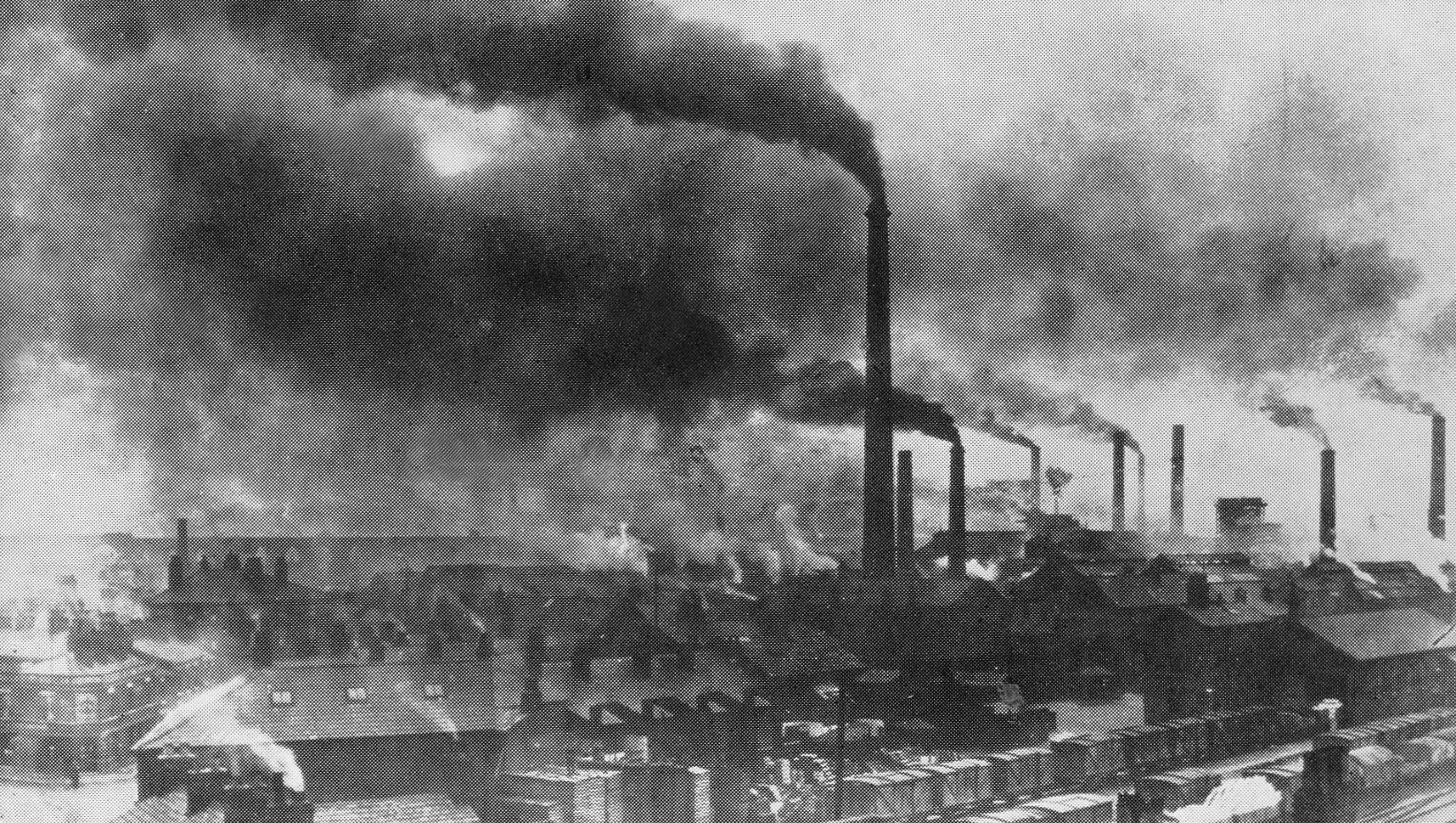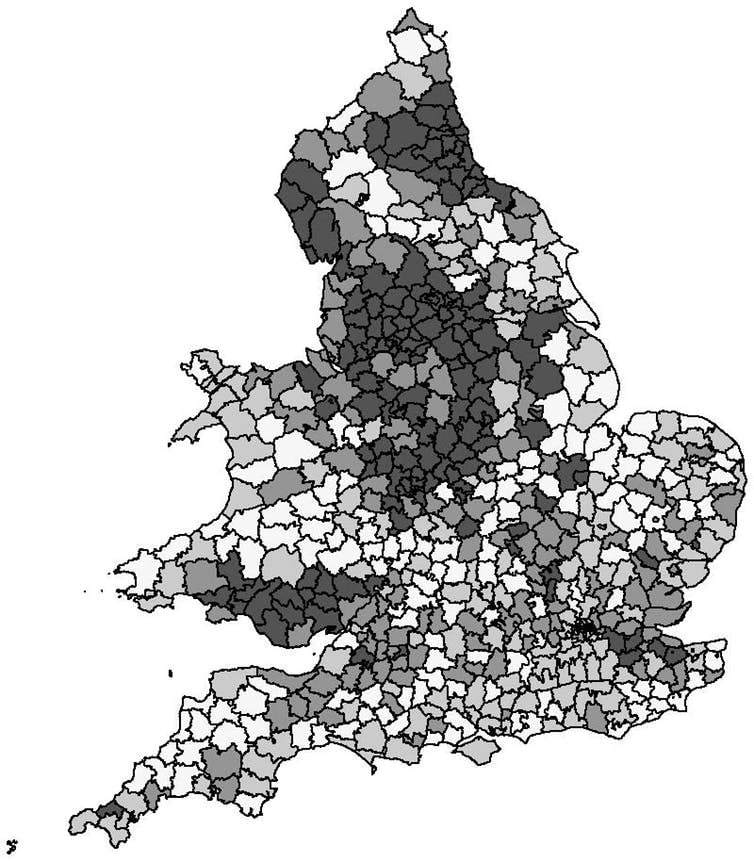India’s pollution today is as deadly as the black smog that covered Britain during the Industrial Revolution
The health hazards of atmospheric pollution have become a major concern in Britain and around the world. Much less is known about its effects in the past. But economic historians have come up with new ways of shedding light on this murky subject.


The health hazards of atmospheric pollution have become a major concern in Britain and around the world. Much less is known about its effects in the past. But economic historians have come up with new ways of shedding light on this murky subject.
In the early industrial age, Britain was famous for its dark satanic mills. And the industrial revolution, which did so much to raise income and wealth, depended almost entirely on one fuel source: coal. Coal supplied domestic hearths and coal-powered steam engines turned the wheels of industry and transport.
In Britain, emissions of black smoke were up to 50 times higher in the decades before the clean air acts than they are today. The great London smog of 1952, that prompted policymakers to act, killed 4,000 in the space of a week. But even that was not as dramatic as what went before.
Unregulated coal burning darkened the skies in Britain’s industrial cities, and it was plain for all to see. But air quality was not measured and monitored until well into the 20th century. And while soot blackened buildings and clothing, the effects of toxic air on health were not assessed, until recently.
In the absence of data on emissions, economic historians have come up with a novel way of measuring its effects. They combined coal consumption by industry with the industrial composition of the workforce to estimate annual coal use in each district. Not surprisingly, coal intensity was highest in the Midlands, the north of England, and in South Wales, and so this is where we should expect to see the worst effects on health.

Coal intensity linked to early death
As early as the 1850s, higher coal intensity was associated with higher death rates from respiratory diseases, especially among the old and the very young. An increase of just 1% in coal intensity raised the deaths of infants by one in every 100 births. Indeed, the effect of pollution in India and China today is comparable with that in Britain’s industrial cities in the late 19th century.
Geography mattered. Those located downwind from a coal-intensive district suffered from their neighbour’s pollution. And communities in valleys surrounded by hills suffered more deaths as their own smoke emissions became trapped and concentrated.
Coal combustion also affected the health of those that survived. It led to repeated respiratory illness, slower growth during childhood, and shorter adult stature. Although much of the variation in individual height is genetic, we can nevertheless compare the adult heights of those who grew up in more or less polluted districts.
The effect of atmospheric pollution can be measured by looking at men who were born in the 1890s whose heights were recorded when they enlisted in the British army during World War I. Their average height was five feet six inches (168cm), but 10% were shorter than five feet three (160cm).
Those who grew up in the most polluted districts were almost an inch shorter than those who experienced the cleanest air, even after allowing for a range of household and local characteristics. This is twice as much as the difference in adult height between the children of white-collar and manual workers.
The average height of men increased by about three inches (7.6cm) over the 20th century. Increases in height have been associated with gains in life expectancy, education, ability, and productivity. Improved air quality may have helped almost as much as better hygiene or improved diet.
Recent scientific reports have warned that we face increasing pollution from a range of sources, especially vehicle emissions. Failure to maintain and further improve air quality risks jeopardising the improvements in health that have been achieved by technological advances and public policies over the last century.
Tim Hatton, professor of economics, University of Essex. This article was originally published on The Conversation. Read the original article. We welcome your comments at [email protected].